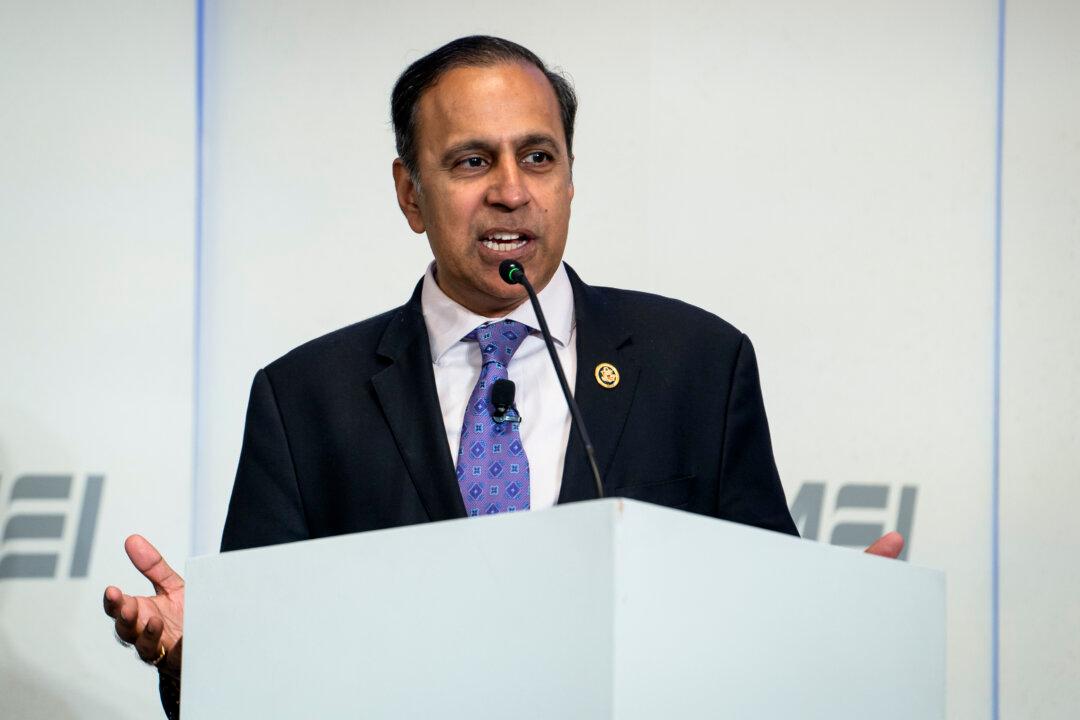The Chinese spy balloon that flew over sensitive U.S. military sites earlier this year did not collect or transmit any information before it was shot down off the Carolina coast, the Pentagon told reporters on June 29.
The balloon, which flew from Alaska to the East Coast, came equipped with commercially available U.S.-made gear that allowed it to take photos and videos and gather other information, according to media reports on Thursday citing preliminary findings from a government-led investigation.





